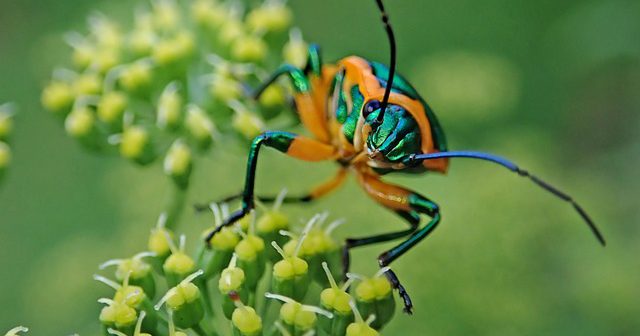Your garden is a place for great accessories, style, and the opportunity to stamp your personality on an outdoor space, however, the problem we have with our gardens is that we are giving way to the powers of nature. We can find so many pests in our gardens that if we don’t do the right things, we can invariably end up being overrun by them. Let’s show you some of the most common pests you’ll find in your gardens, the signs that your garden has been infested with pests, and the best preventative and reactive measures to get rid of common pests.
The Most Common Pests You Find in Your Gardens
Some of the most common pests you find will include aphids, cutworms, slugs and snails, caterpillars, and flea beetles, as well as common fleas you can find on animals. A lot of these issues can be remedied by finding the best flea treatment for yards, and pest control remedies such as insecticidal soap or horticultural oil. You can also use a number of natural methods. For example, hand-picking sunworms, slugs, or snails, sprinkling salt on them, as well as introducing insects that feed on others like lady beetles who feed on aphids, or encourage more birds in your garden to tackle caterpillars naturally.
The Signs Your Garden Has Been Infested with Pests
The most common signs that your garden has been infested with pests include the following:
- Curling, misshapen, or yellowing leaves, which can be signs of aphid damage.
- Large holes in your leaves, which can be a sign of Japanese beetles or grasshoppers being present in your garden.
- Runways all over the beds, which can be a sign of pests such as cutworms.
- The presence of honeydew, a sticky substance on plants, can also be a sign of mealybugs or aphids.
- Vegetable seedlings are severed at the ground level, which is a sign of cutworm caterpillar infestation.
What Are the Best Preventative Measures to Avoid Garden Pest Infestations?
There are some excellent preventative measures to avoid common pest infestations, and these can include:
- Attracting beneficial insects such as ladybugs and lacewings, which can both help to control pest populations.
- Planting in the right places by properly spacing plants to prevent these issues. For example, planting taller crops can give shade to shorter plants that may be more sensitive to the sun.
- Choose plants that are naturally resistant to common pests.
- Use physical barriers such as floating row covers to prevent pests from reaching the plants. Insect mesh can also be very useful.
- Keeping plants healthy with proper fertilizing, watering, and pruning, as well as encouraging healthy soil. This can give the plants what they need to resist most pests.
Pest infestations are, to put it simply, a pain. If you really want a healthy garden, you’ve got to have a comprehensive understanding of how your garden is attracting these unwanted critters. But also bear in mind the varieties of solutions to helping your garden thrive, no matter what type of pests you have.




